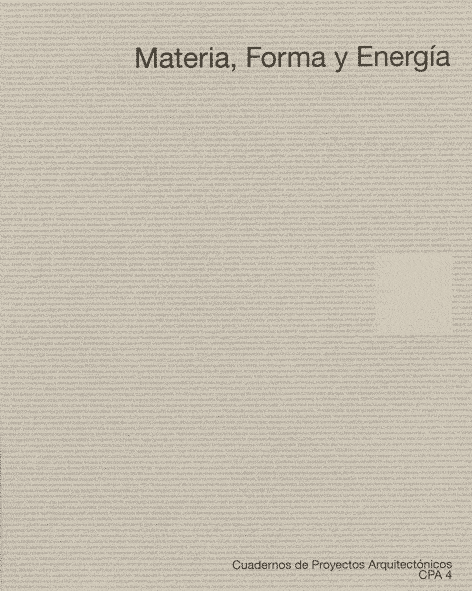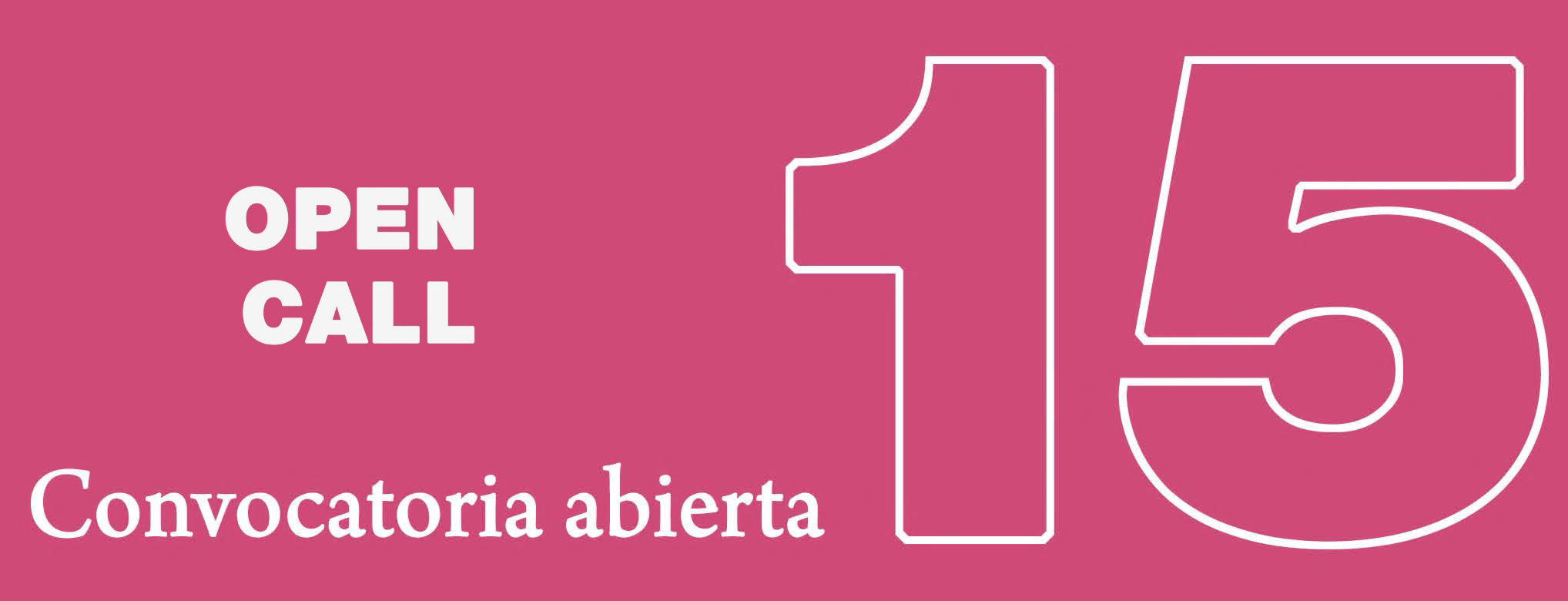Matter and Poverty
Palabras clave:
matter, poverty, material, accumulation, modernity, societyResumen
Abstract
Accumulation of matter is one of the most recognizable signs of poverty. The poor lives close to the earth, this is his only property and he will use it to build his shelters, his rooms, or his utensils. The clay or mud constructions, moulded with a great amount of material, are found in primitive villages, but any situation of extreme poverty tends to be associated with an accumulation of matter whatever its origin. A situation of poverty not related with the accumulation of matter seems inconceivable and this is particularly evident in our developed societies, where a beggar is recognized in any street by his pile of clothes, shoes, and any sort of personal property.
It is a significant fact that many intellectual discourses on modernity identify the concept of modernity with that of a classless society and that, at the same time, they invoke poverty as a distinct mark of the new man. This new poverty is sober and cold as human habitation is open and transparent, almost naked, and it is equal for any man whatever his social strata. In this way, modern poverty is tied to material, to the new materials, but it is a chosen condition, nor an imposed one, or at least it is accepted as inevitable by the new man.
Both accumulative poverty and ascetic poverty coexist in the discourses and works of 20th century avant-gardes. And in some contemporary works, we find either an accumulation of shapeless and hand-worked matter or an exhibition of bare and cold materials industrially produced. In both cases, poverty is invoked as the ultimate reference for those works, intended to be a true expression of their epoch.
Descargas
Descargas
Publicado
Número
Sección
Licencia
1. Los autores conservan los derechos de autor y garantizan a la revista el derecho de una Licencia Creative Commons Atribución-NoComercial-SinDerivar 4.0 Internacional que permite a otros compartir el trabajo con un reconocimiento de la autoría.
2. Los autores pueden establecer por separado acuerdos adicionales para la distribución no exclusiva de la versión de la obra publicada en la revista (por ejemplo, situarlo en un repositorio institucional o publicarlo en un libro).













